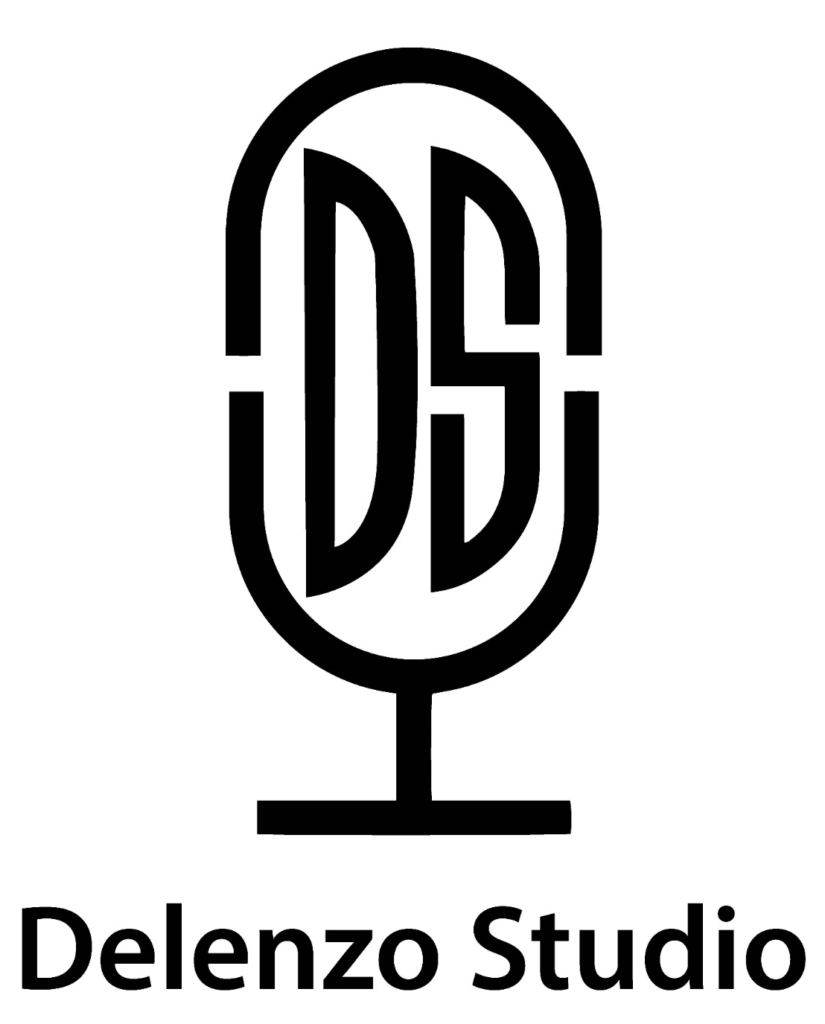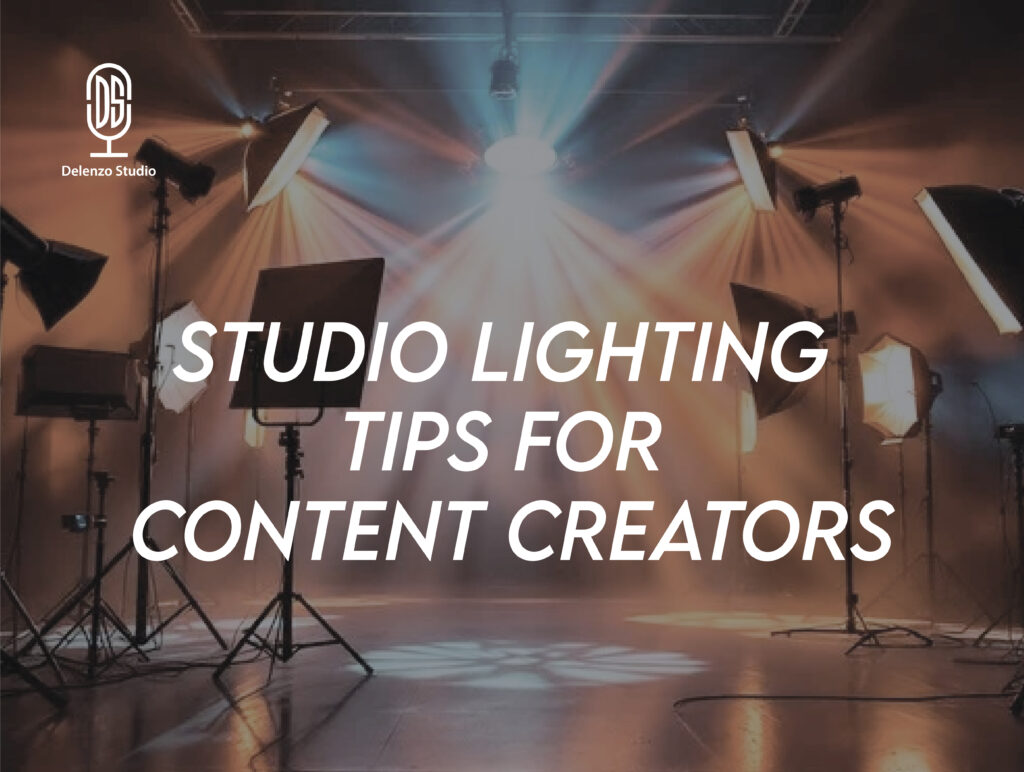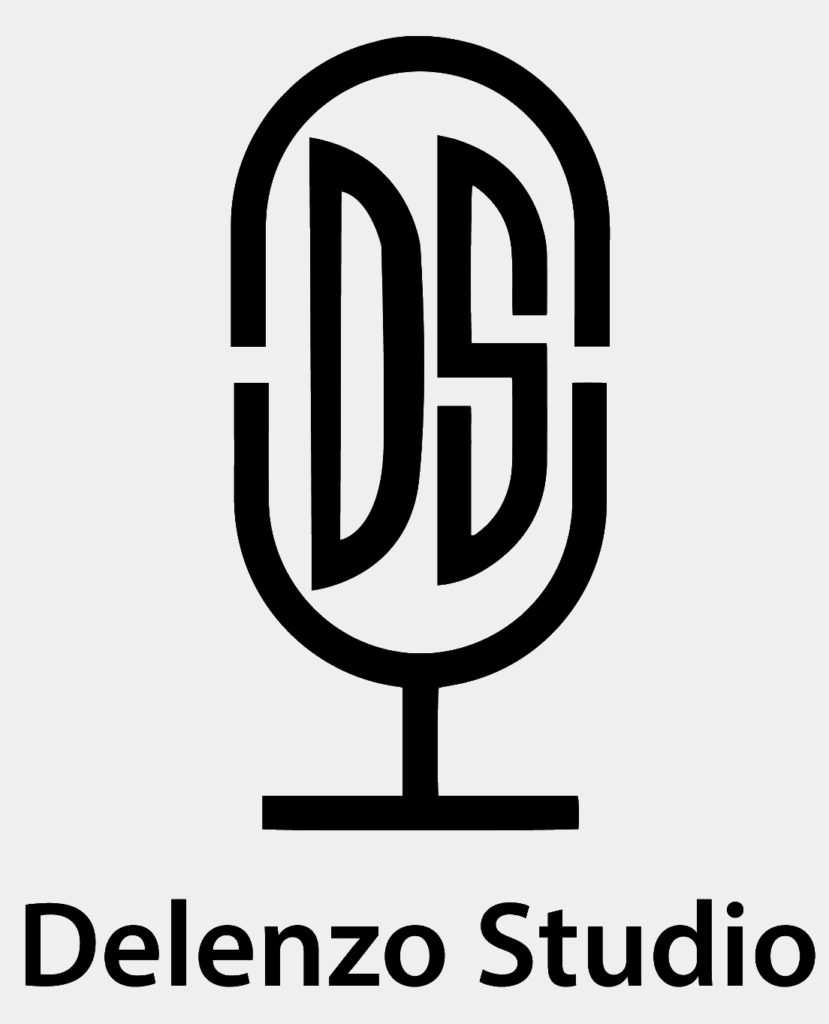Podcasting is huge! Just people talking, sharing stories, doing interviews, or teaching cool stuff has made it one of the fastest-growing ways to communicate today. It has become a powerful medium for creators, businesses, and influencers alike. If you’re just starting or upgrading your setup, having the best podcast equipment is key to making great content that your listeners will enjoy. In 2025, digital broadcasting keeps changing with new tech and tools that help improve sound quality and make things easier for you. In this guide, we’ll break down the best podcast equipment and setup options to help you create professional-sounding digital content.
Best Podcast Equipment & Setup for 2025
Choosing the right podcast equipment for your needs in 2025 is an essential step toward creating engaging and professional content. The proper setup for your program depends on things like the type of show you’re doing, how much you want to spend, and your experience level. Whether you’re podcasting solo or with a team, investing in good-quality equipment will help make your digital content stand out from the rest.
In this article, we’ll cover the most essential podcasting gear categories: microphones, recorders, mixers, audio interfaces, headphones, pop filters, and mic stands. Each category plays a significant role in producing a polished podcast that will attract listeners and grow your audience.
Types of Podcast Equipment
Before we get into the specific podcasting gear, it’s good to know the essential tools you’ll need for a complete setup. At the very least, you’ll need a microphone, a recorder, and headphones. Depending on what kind of digital broadcast you’re making, you might also want a mixer or audio interface to make your sound even better. Let’s check out the different types of equipment available in 2025 and how they can make your content production experience easier and more professional.
Microphones for Podcasts
The microphone is arguably the most important piece of podcasting equipment. Your choice of microphone can make or break the quality of your content. In 2025, there are a few types of microphones you can choose from, each with its perks. These include USB microphones, XLR microphones, condenser microphones, and dynamic microphones. Each type works differently, so it’s essential to pick the one that fits your needs.
Most Popular Podcast Mics
Some microphones have become really popular in the podcasting world because they’re high-quality, affordable, and easy to use. A few favorites are the Rode NT1, Shure SM7B, and Audio-Technica AT2020. Professional podcasters use these mics, and they are great for both beginners and experts.
USB Microphones
USB microphones are a great choice if you’re just starting as a podcaster, streamer, or content creator. They’re super easy to use because you just plug them into your computer or laptop; no extra gear is needed. They also sound outstanding and don’t break the bank.
One of the most popular USB microphones is the Audio Technica AT2040USB. Known for its superb sound quality and multiple recording patterns, this microphone offers clear, professional sound, easy plug-and-play USB connection, and excellent noise isolation. It is perfect for podcasters, streamers, and other content creators to achieve professional results.
XLR Microphones
For more experienced podcasters, XLR microphones are the way to go. Unlike USB mics, you need an extra piece of equipment, like an audio interface or mixer, to connect them to your computer. They might seem a bit more complicated, but XLR mics give you better sound quality and more control over your audio. The AT2100-USB is an excellent option because it can connect with both USB and XLR, making it super flexible for different setups. It’s known for its superb sound clarity and reliability.
Condenser or Dynamic Microphones: Best Quality?
When choosing between condenser and dynamic microphones, consider where you’ll be recording. Condenser microphones are really sensitive and pick up a lot of detail, which makes them perfect for quiet, controlled spaces. However, they tend to pick up background noise, so they’re best suited for controlled, studio-like spaces.
Dynamic microphones, on the other hand, are less sensitive and focus on capturing sound directly in front of the mic. It makes them a better choice for noisy environments or for content creators who don’t have a soundproof recording space.
The Audio Technica AT2040 is the best dynamic microphone. It’s perfect for podcasts, voice-overs, and broadcasts, with excellent vocal isolation and warm, professional sound.
Wireless & Lavalier Mics
If you’re always on the go or want to record hands-free, wireless microphones and lavalier mics are fantastic options. Wireless mics let you move around without messing up the sound quality, and lavalier mics (also called lapel mics) clip onto your clothes. They’re great for interviews or digital broadcast with multiple speakers where you need several mics.
Recorders | Podcast Equipment & Setup
A recorder is a vital piece of podcasting equipment, along with a microphone. Depending on your needs, you can choose between digital recorders, computers, or smartphones for capturing your audio.
Digital Recorders
A digital recorder is a device you can use to record without needing a computer or smartphone. It’s perfect if you need to record while on the go or want something portable. Many newer digital recorders even have XLR inputs so that you can use them with high-quality microphones.
Some popular digital recorders are the Zoom H5 and the Tascam DR-40X. These recorders have great sound quality and are perfect for recording clear audio while traveling.
Computers
Many podcasters use a computer as their primary recording and editing tool. Computers provide a wide array of software options for editing and post-production, such as Adobe Audition, Audacity, and GarageBand. Using a computer allows you to easily manage different audio tracks and add sound effects, music, and other audio elements to your digital content.
Smartphones
Smartphones are a convenient option for mobile podcasters or those looking for a quick and easy setup. Using a smartphone with a high-quality microphone (such as a USB microphone) or a Lavalier mic can help you achieve good sound quality without the need for expensive equipment.
Mixers & Audio Interfaces | Podcast Equipment & Setup
While microphones and recorders are essential for any podcast, mixers, and audio interfaces can elevate your production value by offering enhanced audio control.
Mixers
A mixer allows you to manage multiple audio sources, such as multiple microphones, music tracks, and sound effects. For podcasts with various speakers or more complex setups, a mixer is a must-have. Popular mixers include:
- Zoom PodTrak P8 | A podcast-focused mixer with multiple channels, sound pads, and remote call-ins.
- Rode Rodecaster Pro II | A highly-rated podcast mixer with multi-track recording and sound effects capabilities.
- Behringer Xenyx Q802USB | It’s a budget-friendly mixer with solid sound performance.
Mixers are handy for multi-host podcasts and those that feature interviews with remote guests. They provide real-time control over volume levels, tone, and other audio elements.
Audio Interfaces
An audio interface connects your XLR microphones to your computer, converting analog audio signals into digital data. Audio interfaces are essential for podcasters who use XLR microphones, as they ensure that your sound is captured with clarity and precision.
Popular audio interfaces include the Focusrite Scarlett 2i2 and the PreSonus AudioBox USB 96. These devices sound great and are really easy to set up, even if you’re just starting.
Headphones for Podcast
Headphones are crucial for podcasting. They let you listen to your audio as you record, so you can immediately detect problems with sound quality or background noise.
When choosing headphones for digital broadcasting, look for a pair with a flat frequency response and good sound isolation. It will help you hear every detail of your audio, from your voice to any background noise. Some top headphones for content creators include:
- Audio-Technica ATH-M50x Closed-back headphones that provide accurate sound for monitoring your audio.
- ATH-M30X is a closed-back headphones that provide accurate sound for monitoring your audio.
- Sennheiser HD 280 Pro is another reliable pair of closed-back headphones for critical listening.
Pop Filter or Windscreen
A pop filter reduces popping sounds, while a windscreen blocks wind noise. Both improve audio quality and clarity.
- Aokeo Professional Microphone Pop Filter: To prevent plosive sounds like “P” and “B.”
- Rode WS2: A windscreen specifically designed for the Rode microphones to reduce unwanted noise.
Mic Stand / Boom Arm
- A mic stand or boom arm keeps your microphone steady, adjustable, and easy to position for smooth, hands-free podcasting.
- RODE PSA1: A professional-grade adjustable boom arm for optimal microphone placement.
- Audio-Technica AT8700 boom arm: It provides stability and flexibility for perfect microphone positioning.
- Blue Compass Premium Microphone Boom Arm: Offers a sleek design and durable construction.
Recording Software (DAW)
Audacity: This software is free, open-source, and a popular choice for beginners.
Adobe Audition: A more advanced option with premium features for editing and mastering.
Overview
In 2025, having the right podcasting gear can really improve the quality of your show. Whether you go for a USB microphone because it’s easy or an XLR microphone for better sound, choosing the right microphone, recorder, mixer, audio interface, and headphones will make your podcast sound awesome. By getting the right gear and knowing what you need, you can create a content that sounds professional and connects with your listeners.
The best podcast equipment and setup for 2025 is all about finding the right balance between quality, convenience, and budget. With the tools listed above, you’ll be well on your way to creating a podcast that captures your audience’s attention and keeps them coming back for more.
FAQs
The best type of microphone depends on your needs. For beginners, USB microphones like the Audio-Technica AT2040USB are a great choice due to their ease of use. For more advanced podcasters, XLR microphones such as the Shure SM7B offer superior sound quality and greater control.
While not mandatory, a mixer or audio interface can significantly improve your podcast’s sound quality. A mixer, such as the Zoom PodTrak P8, is essential for managing multiple audio sources. In contrast, an audio interface, like the Focusrite Scarlett 2i2, is necessary for connecting XLR microphones to your computer.
Use a pop filter or windscreen to reduce unwanted noise. A pop filter, such as the Aokeo Professional Microphone Pop Filter, reduces plosive sounds like “P” and “B,” while a windscreen, like the Rode WS2, helps minimize wind noise.
Yes, you will need recording software (DAW) for editing and mastering your podcast. Beginners can use Audacity, which is free and open-source, while more advanced podcasters may prefer Adobe Audition for its premium features.
To be a podcaster, you’ll need at least a microphone, recorder, and headphones. For beginners, a USB microphone like the Audio-Technica AT2040USB is easy to use. If you’re looking for professional sound, go for an XLR microphone with an audio interface like the Focusrite Scarlett 2i2. A mixer is optional but helpful for multi-speaker podcasts. To improve sound quality, add a pop filter or windscreen and use reliable recording software (DAW) such as Audacity or Adobe Audition.



